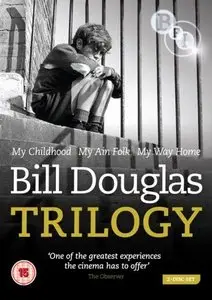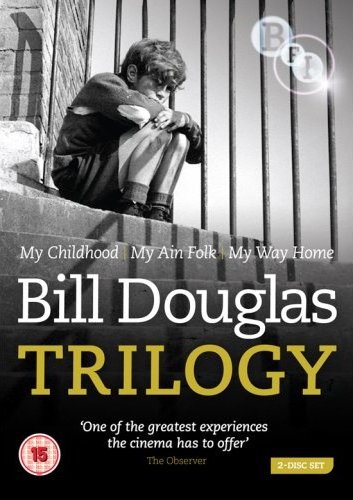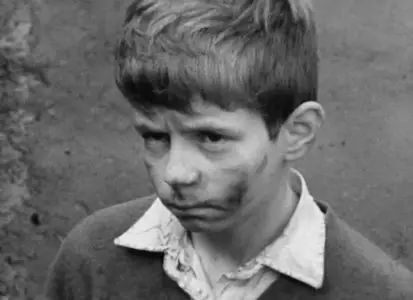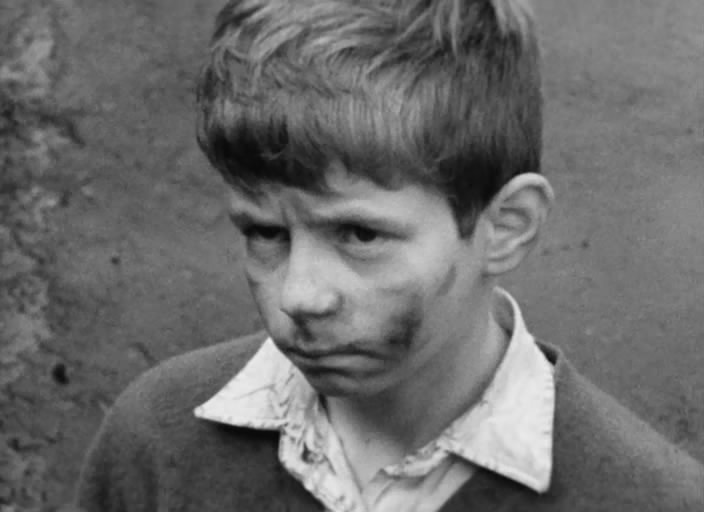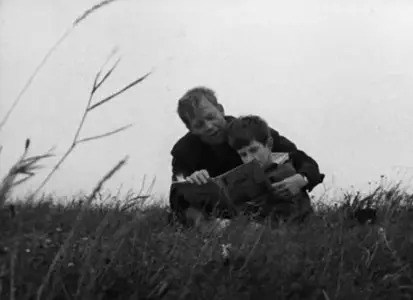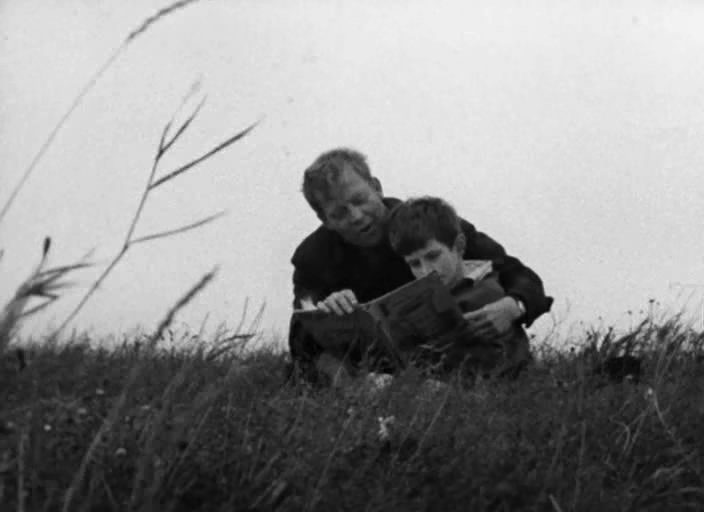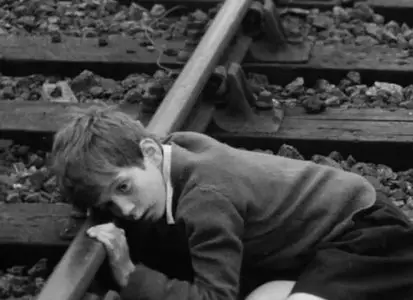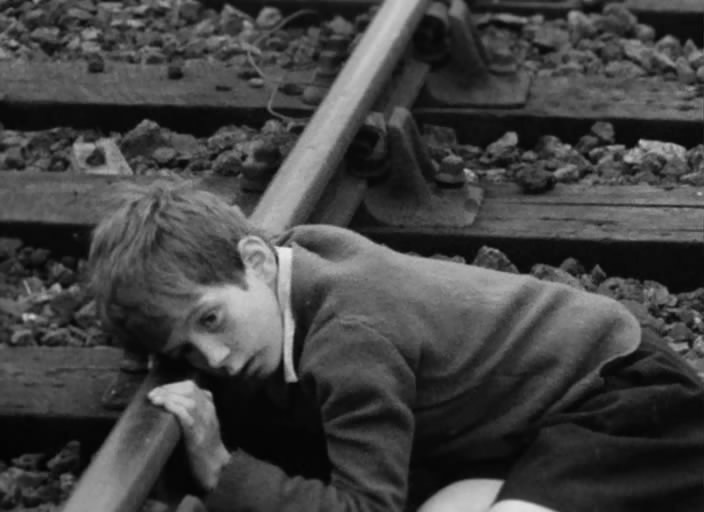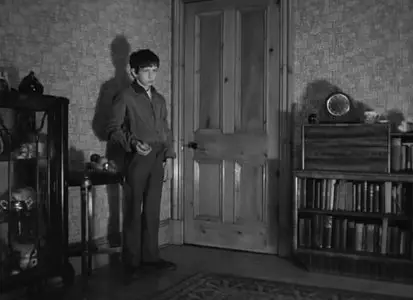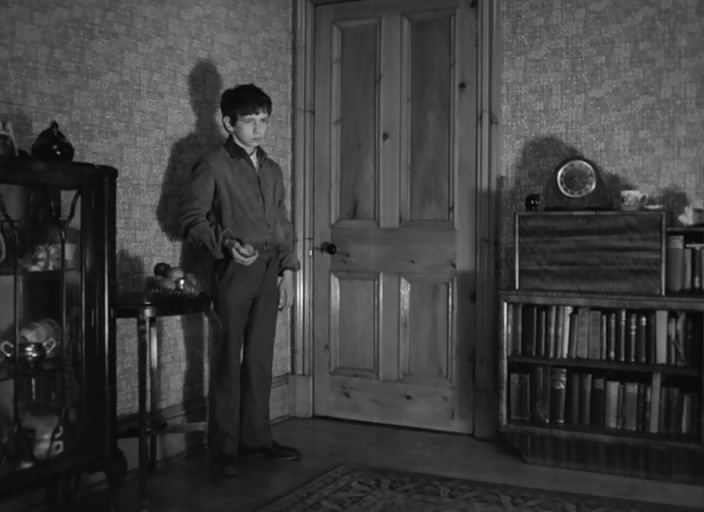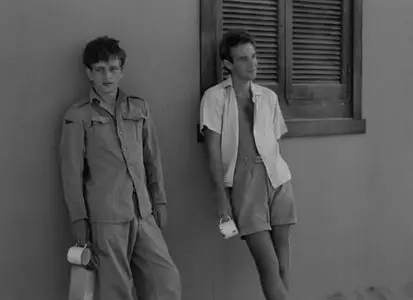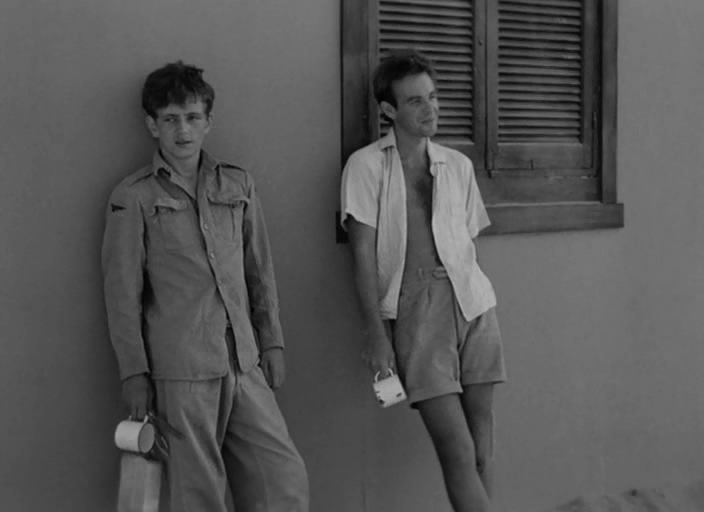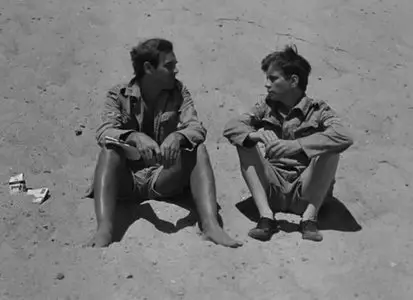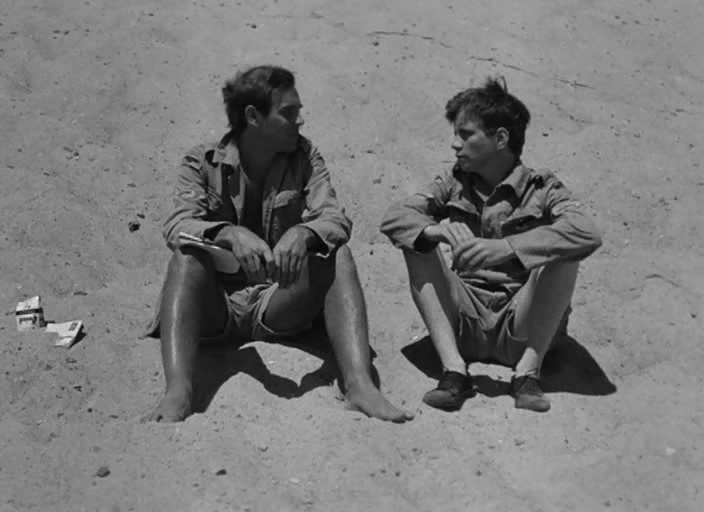DVDRip | English + Russian | 704x512 | DivX, ~1610 kbps | Eng(MP3, ~128 kbps) | Ru(AC3, ~192 kbps) | 2.82 GB
Biography, Drama
Biography, Drama
Bill Douglas’s award-winning films My Childhood, My Ain Folk and My Way Home are three of the most compelling and critically acclaimed films about childhood ever made.
The narrative is largely autobiographical, following Jamie (played with heart-breaking conviction by Stephen Archibald) as he grows up in a poverty-stricken mining village in post-war Scotland. In these brutal surroundings, and subject to hardship and rejection, Jamie learns to fend for himself. We see him grow from child to adolescent – angry and bewildered, but playful, creative and affectionate.
Watching the Trilogy is far from a depressing experience. This is cinematic poetry: Douglas contracted his subject matter to the barest essentials – dialogue is kept to a minimum, and fields, slag heaps and cobbled streets are shot in bleak monochrome. Yet with its unexpected humour and warmth, the trilogy brims with clear-eyed humanity, and affection for an ultimately triumphant young boy.
My Childhood (1972) begins in 1944. Jamie and Tommy are in school, living at home with their Granny (Jean Taylor Smith) across the street from Jamie’s father (Paul Kermack) and his second family. German POWs work in the fields, and one of them, Helmuth (Karl Fieseler), strikes up a friendship with young Jamie. There isn’t a great deal of “plot” as such in the film, more a series of images, as if vividly recalled: we are left to fill in much of their context. The film was shot in 16mm on colour stock, but intentionally printed in black and white apparently for a “charcoal drawing” effect. (A colour print of My Childhood has been shown, inadvertently, on at least one occasion.)
My Ain Folk (1973), made a year later, begins with a burst of Technicolor, the only colour footage in the entire Trilogy. This is a scene from Lassie Come Home. We draw back from the colour to see black-and-white Jamie, rapt, in the cinema. In the meantime, Granny has died and Tommy is sent away. Jamie is sent to live with his father and paternal grandparents. “Polish” is probably the wrong word for material like this, as it implies a slickness and a superficiality that Douglas’s films do not possess. But there is a sense of a greater fluency in the camerawork and editing. Douglas rarely moves his camera, instead inviting us to look: at a person’s face, at an object. Many shots resemble perfectly-composed still photographs. Yet sometimes it is what he does not show which gives the film its power: a late scene where Jamie receives a beating is all the more powerful for being done offscreen and conveyed through sound alone, with a cut to a single unmoving image at the end of the scene.
Douglas delayed production of the third film, My Way Home (1978), until Stephen Archibald was old enough to play Jamie once again. Now Jamie is living in a care home, until his father (played in all three films by Paul Kermack) comes to take him back. Halfway through the film there is a cut. The moving camera (mounted on the back of a vehicle) is shock enough. So is the contrast, between the near-white of sand and the deep black of trees, a jolt to the eye after the dour greys of Scotland. We are now in Egypt, and Jamie is on National Service. He meets Robert (Joseph Blatchley), an educated Englishman, and they become friends. But the legacy of his upbringing isolates Jamie. By now Douglas has refined his style to such a point that images are held like still tableaux before there is any movement within it. At the end of the film, as Jamie and Robert part, promising to keep in touch when back home, Douglas pans his camera around an empty room. The final image is of a tree in blossom: a symbol of new life, and the beginning of Jamie’s (Douglas’s) life as an artist.
IMDB info My Childhood
IMDB info My Ain Folk
IMDB info My Way Home
Stars: Stephen Archibald, Paul Kermack, Jessie Combe
Production land: UK
Run time: ~44 + 53 + 68 min
Special Features: Bill Douglas: Intent on Getting the Image (2006, 63 mins), a new documentary about Bill Douglas's life and work. (English)
http://filepost.com/files/aa831cbb/Bill_Douglas_Trilogy.part1.rar
http://filepost.com/files/3251a56e/Bill_Douglas_Trilogy.part2.rar
http://filepost.com/files/fa98a179/Bill_Douglas_Trilogy.part3.rar
http://filepost.com/files/7b499341/Bill_Douglas_Trilogy.part4.rar
http://filepost.com/files/756e8812/Bill_Douglas_Trilogy.part5.rar
http://filepost.com/files/8724e4bm/Bill_Douglas_Trilogy.part6.rar
http://filepost.com/files/d185m9f6/Bill_Douglas_Trilogy.part7.rar
Download full movie Bill Douglas Trilogy (My Childhood, My Ain Folk, My Way Home) - by Bill Douglas (1972, 1973, 1978)


